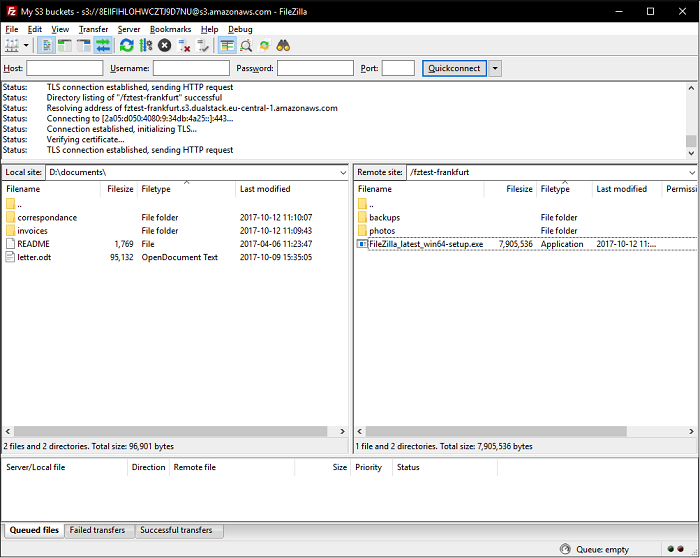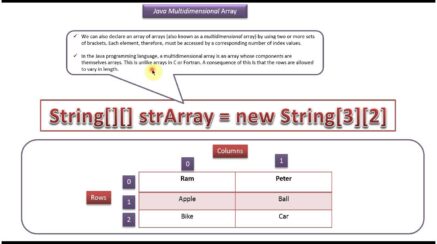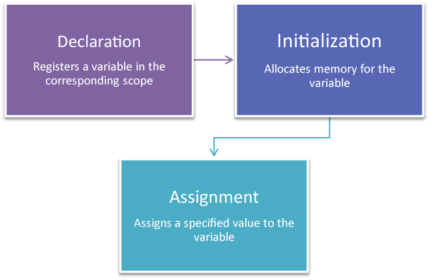Introduction
Offering a growing number of networks and cloud protocols also working with FTP, SFTP, FTPS, and WebDAV protocols FileZilla Pro is a remarkable file transfer solution. An open-source, cross-platform file access and transfer application to users was first brought in by the original FileZilla project in 2001.
Allowing users to save and store and also serve large amount of data DigitalOcean Spaces. The API is exchangeable with the AWS S3 API, you can definitely use FileZilla Pro for transferring files and to access them from DigitalOcean Space.
Through this entire blog, you will learn to know how to configure FileZilla pro in order to connect to a repository of DigitalOcean Spaces.
Prerequisites
If you want to execute or practice this guide , you will have to keep these following things ready to access:
- You need to download FileZilla Pro and then you will have to install it on your machine downloaded and installed on your local machine.
- An API key and DigitalOcean Space . Then you will have to be sure to keep a note of the following credentials for your Space:
- An Access Key
- A Secret Key
- A Space URL
- A Bucket Name
Now you can began setting up FileZilla Pro to access with DigitalOcean Spaces with these essentials rightly checked.
Step 1 – Spaces Endpoints Configuration
To connect to your DigitalOcean Spaces repository with FileZilla Pro, you will need to configure the FileZilla providers list with DigitalOcean endpoints. Open FileZilla Pro and follow these steps:
- You will have to select Edit at the top of the screen in the Menu Bar, and then you will select Settings. Then you will have to look for a dialogue box , and there you will get to see a Transfers heading. Then under the heading you will have to choose S3: Providers
- You will find a box for Providers and an Add button just below it in the S3: Providers page. You will have to click on that button in order to add DigitalOcean in the list of providers:
- Just beneath the Providers box, you will find just below the Providers box, a Regions box and an Add button, you will have to click on it and then you need to add the regions and endpoints like the following mentioned below:
| nyc3 | New York 3 | nyc3.digitaloceanspaces.com |
| sgp1 | Singapore 1 | sgp1.digitaloceanspaces.com |
| ams3 | Amsterdam 3 | ams3.digitaloceanspaces.com |
After completing the Regions list will look something like this , also you can add other regions later.
- Just beneath the Regions box, you will find a Catch All box. There you need to enter
.digitaloceanspaces.cominto this box. You need to be sure of the fact that you add the leading dot just before the text.
- Then after that in the Format box you will have to enter:
{region}.digitaloceanspaces.com. after which your Settings page should look somewhat like this:
- Then you will have to press the OK button which you will find on the left-hand side of the screen in order to complete.
Now from here you will have to connect your Spaces Bucket to FileZilla.
Step 2 – Adding a DigitalOcean Spaces Repository
You will now have to add the information of your Spaces Bucket which will also include your repository URL and Access and Secret Keys into FileZilla for connecting with each of your spaces.
- You will have to choose File from the top menu, and select Site Manager.
- You will have to click on the New Site button in the Site Manager dialog box, which is on the bottom left-hand side of the screen.
- Then you will have to enter the name of the new site which will make sense to call this
DigitalOcean.
- In the Host text box, located to the right of the site list, enter your Space URL. This could look something like the following:
sammys-bucket.nyc3.digitaloceanspaces.com, withsammys-bucketbeing your Space Bucket Name, andnyc3.digitaloceanspaces.combeing your endpoint.
- Now you will have to use the Protocol dropdown menu located below the Host box, then you will have to select S3 – Amazon Simple Storage Service.
- Then you will have to choose Normal from the dropdown menu In the Logon Type box.
- You need to enter your Access Key in the Access Key ID box.
- Then you will have to enter your Secret key in the Secret Access Key box
Your Site Manager page will now look like this after these above mentioned information fields are completed:
After you have completed and you are assured that everything is on point and perfect, you will have to press the OK button which is in the button of the screen to finish the entire setup.
Step 3 – Connecting to Your Spaces Repository
After you complete the setup you will be able to connect, with the help of FileZilla Pro you can now connect to DigitalOcean Spaces.
- You will have to navigate to the File header again, and then you will have to select Site Manager. Then you will have to select your Digital Ocean Spaces site within the Sites dialog box.
- And lastly you will have to press Connect.
Now you have integrated DigitalOcean Spaces with File Zilla Pro successfully and therefore can now easily shift files to your Spaces.
Conclusion
You can easily transfer files in between your local machine and remote servers with the help of FileZilla Pro, which will also organize and manage everything without worrying about the number of files in your source directory. FileZilla Pro which is optimized for speed allows you to adjust the swiftness of your transfers to best suit your needs, also offering you pliability.
Search
I Want to Learn...
Category
Explore OurAll CoursesTransform Your Dreams
into Reality
Subscribe to Our Newsletter
"*" indicates required fields
 New Year Special Discount Offer - Upto 20% Off on all Course Fees - 43 Seats Available
New Year Special Discount Offer - Upto 20% Off on all Course Fees - 43 Seats Available 








